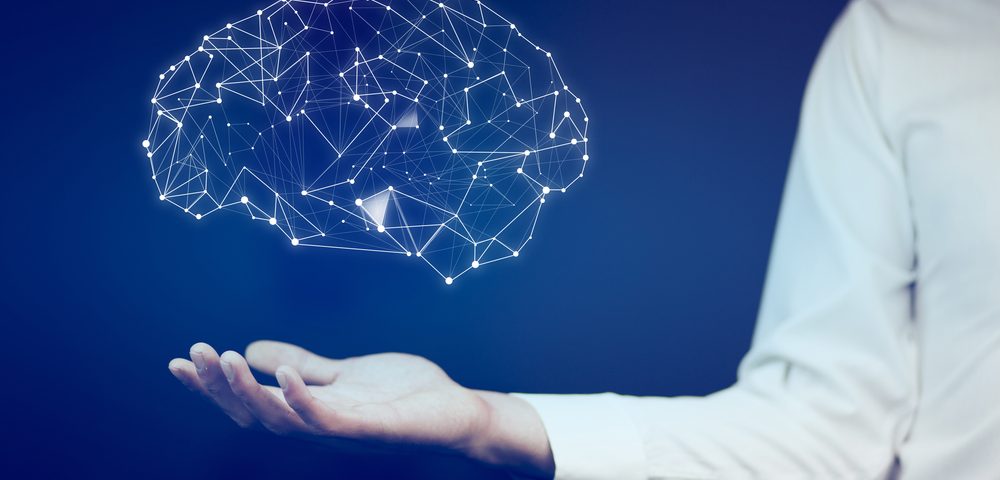Antiparkinsonian Medication Improves Learned Movement Production by Boosting Neuronal Connectivity, Study Finds

Dopaminergic therapy may ease difficulties with gesturing and using tools in people with Parkinson’s disease by improving brain connectivity between the cognitive and motor regions, a study has found.
The study results, “Dopaminergic modulation of the praxis network in Parkinson’s disease,” were published in NeuroImage: Clinical.
Parkinson’s patients often have trouble performing skilled or learned movements that are crucial for daily living. Praxis is what scientists call this kind of cognitively directed motor action, while apraxia, generally speaking, refers to the difficulty itself, i.e., any disorder of learned movement.
“Although the neuronal basis of praxis functions has been comprehensively investigated in healthy individuals, functional imaging studies targeting these abilities including their impairments in clinical samples are still rare,” the researchers wrote.
Medical University of Vienna researchers studied the functional connectivity of the praxis network in individuals with mild-to-moderate Parkinson’s and at an increased risk for apraxia. They also investigated the influence of dopaminergic therapy on praxis function-related brain network.
For this purpose, a total of 13 Parkinson’s patients (seven men and six women, mean age of 60.23 years) and 13 healthy controls (seven men and 6 women; mean age of 56.77 years) underwent functional magnetic resonance imaging (MRI) and apraxia assessments.
Functional MRI measures the small changes in blood flow that occur with brain activity in response to stimuli or actions.
In the Parkinson’s group, all tests were performed twice: once with individually optimized dopaminergic medication (“on” state) and once without (“off” state).
None of the participants had trouble imitating gestures upon demonstration of object use, and none of the Parkinson’s patients showed apraxia-like symptoms. However, patients in the off period (without optimized symptom control by medication) performed significantly poorer in praxis assessments than controls.
Regarding functioning of the praxis-related brain network, patients in both states (on and off) displayed higher global efficiency than healthy individuals. Further analysis revealed that most of the communication within the network relayed to the bilateral supramarginal gyri, a portion of the brain that is thought to be involved in language perception and processing.
In addition, patients with optimized dopaminergic medication showed higher connectivity between praxis and motor areas, particularly between the supramarginal gyrus and the primary motor cortex, basal ganglia, and frontal areas, in comparison to subjects in the “off” state.
This improved communication “might facilitate the propagation of long-term representations of object-related actions to motor execution areas,” thus enabling the correct execution of the wanted movement.
The praxis network was confined to the left-brain hemisphere in the control sample, while in patients “off” therapy, but not in “on” individuals, the network expanded to the right hemisphere.
Importantly, antiparkinsonian treatment seemed to normalize patients’ learned movement skills and related network connectivity, suggesting such therapy may support higher-order cognitive motor functions, at least in early stages of this neurodegenerative disorder.






